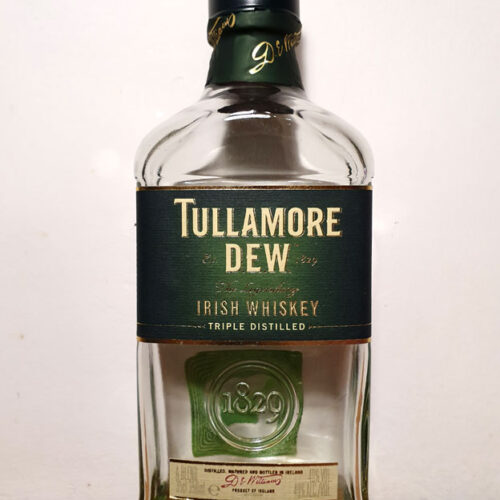
The Kilbeggan Distillery is said to be one of the first licensed distilleries in Ireland. Its history stretches back as far as 1757, when Matthew Macmanus founded a distillery in the town of Kilbeggan. The distillery operation remained on a small level for almost a hundred years, until John Locke came to the fore in 1843. During Locke’s time, the sales volumes increased considerably. Despite several problems, accidents and other factors disrupting production, the distillery worked well until the 1920s. At that time, Irish whiskey had a hard time during the American Prohibition Act and the world wars. Tough competition with Scotch whiskey also produced difficulties. The distillery had several years of interruptions, mostly old stocks were slowly sold away. In 1957, the operation was officially stopped and the distillery went bankrupt. It was bought by German businessman Karl Heinz Moller in 1962 and he made a fortune by selling the remaining whiskey stocks, but the distillery fell into ruin at the same time. In 1982 the distillery was restored by the town of Kilbeggan and a museum was opened there. The original equipment had been destroyed over the years, so equipment for the museum was bought from the distillery in the neighboring town of Tullamore.
In 2007 the distillery was re-commissioned and in 2014 whiskey was again produced under the Kilbeggan name. Today, the distillery is owned by Japanese-American giant Beam-Suntory. Kilbeggan Traditional Irish Whiskey is double-distilled, which is said to have more flavor and edge than typical triple-distilled Irish whiskeys. A 70 cl bottle cost €15.29
The color of Kilbeggan is a very light brown. You could assume that added caramel color has not been used, or if it is, then very sparingly. The nose is gentle and soft. A little sweet, honey and grain. The taste is smooth and quite sweet. Rather grainy, specifically grainy, not malty. The taste reminds me of vodka made from barley, which has been aged for a few months in an oak barrel. After a sweet start, the taste becomes drier towards the end and the aftertaste is a bit bitter and woody. As said, it is a very light whisky but also smooth and easy to drink. Kilbeggan would certainly be good whiskey for shooting along the beer, if you have that habit. It could also work well at the dinner table, as said, it is not very different from vodka made from grain. It’s certainly not a sipping whiskey, but works pretty well in a tumbler with a couple ice cubes.
77/100


